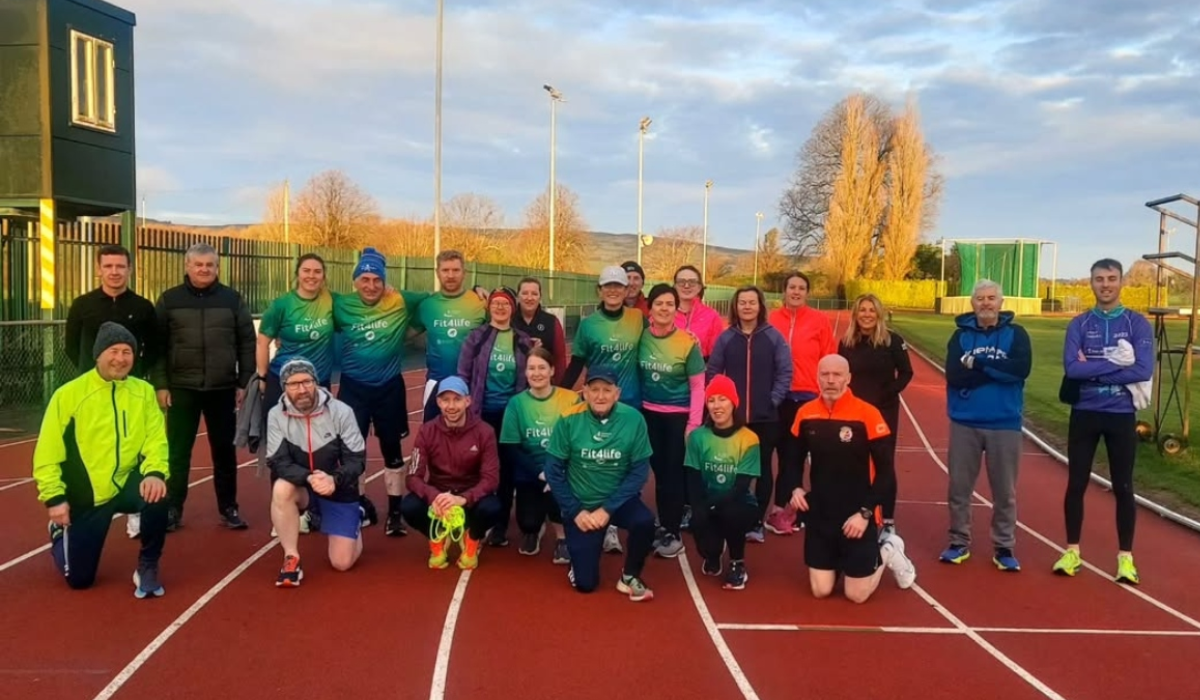How does the type of surface you run on impact your body?

August 23, 2023

I recently read a great article by Amber Sayer titled: Each Surface You Run on Affects Your Body in Different Ways—Here’s How, According to a Sports Physician. I think the article itself is well worth a read, but I'm going to give a quick overview of it here.
So, let’s have a look at Amber Sayer's insights on the running surfaces and their effects on our bodies.
How the Ground Below Influences Your Run
Running is not just about speed and distance, but also where your feet hit the ground. Whether it's the road, a gravel trail path, or even the treadmill in your local gym, the surface impacts your run. Dr. William Charschan, a top sports doctor in the US, points out that while our body type, flexibility, and shoes play a role, the surface itself directly impacts how our body feels during and after the run. Straight away, many of us will know this as intuitive. A 5K on grass will feel different from concrete, and will feel different from tarmac. For us more seasoned road runners, you will even notice the difference in different types of tarmac. The difference may be minimal, but after a 30k run, you'll notice it.
Tarmac Roads and Paths
Tarmac is popular for a reason. It is easy to lay down, and cheaper than concrete. The interesting thing about concrete is that its properties will change with the heat. The surface is more forgiving than concrete, so its better to run on if you have the option.
Concrete Paths and Roads
Most runners will not like running on concrete as its literally as hard as a rock. Concrete doesn’t give an inch. Running on it often? It could invite stress fractures and shin splints. Living in the concrete jungle? Try to find patches of grass or trails, or just stick to tarmac when possible. I know there are some great parks around Ireland and the UK, and often these parks have concrete paths which give the ideal 1k, 1 mile or 2.5k loop, but try run on grass a bit to give your legs a chance.
Gravel and Trails
Soft on the joints, but tricky with its unevenness. If you're running up through a forest road, or doing a trail run, you'll know there is the odd bit of slippage under your foot, and equally when it rains, things can get slippy and messy. Apart from the odd fall, these can be some of the best surfaces to run on.
Treadmills
The cushioned decks are easy on the joints, but the monotonous stride can lead to overuse injuries. Dr. Charschan’s pro-tip? Change the incline and speed regularly. And if you're gearing up for an outdoor race, set that incline to around 1% to mimic the race conditions you are likely to face. Treadmills are great for helping with pace, and a lot of gyms have TVs so you don't go insane while running away, but remember not to give yourself false hope to raise the incline.
Racing on the Track
Modern tracks are designed to absorb shock, perfect for fast runs. But don't just run in one direction all the time. Swap directions to keep your hips and ankles in check.
Grass
It’s a softer alternative, but watch out for those hidden holes and pits that will be in any field, park, or otherwise. Regular grassy fields or pitches might be too bumpy for most runners. Having grown up on a farm, once you're not dodging cow dung, you're doing ok!
Sand
Ever tried running on sand? It's a great fresh run when you get a chance. While not everywhere will have access to sand for you to try out, there are races like the Portmarnock 5K which finish on a beach, and are well worth exploring. The run itself can be quite taxing on the legs. If you're looking to venture here, Dr. Charschan suggests starting near the water for more stability.
Mix It Up!
The real takeaway from Amber Sayers article is to vary your runs, and the types of surface you run on. This not only shields you from overuse injuries but also keeps things a bit more varied and interesting.
So, next time you head out for a jog, remember: it's not just about how fast or how far, but also where your feet are taking you.
Happy running! 🏃♀️👟🌳🌆🏖




